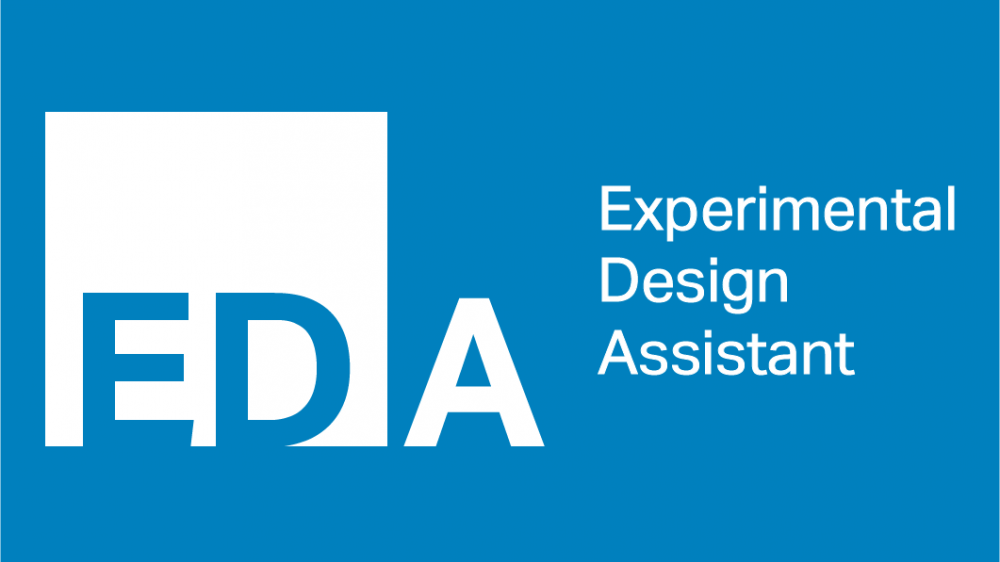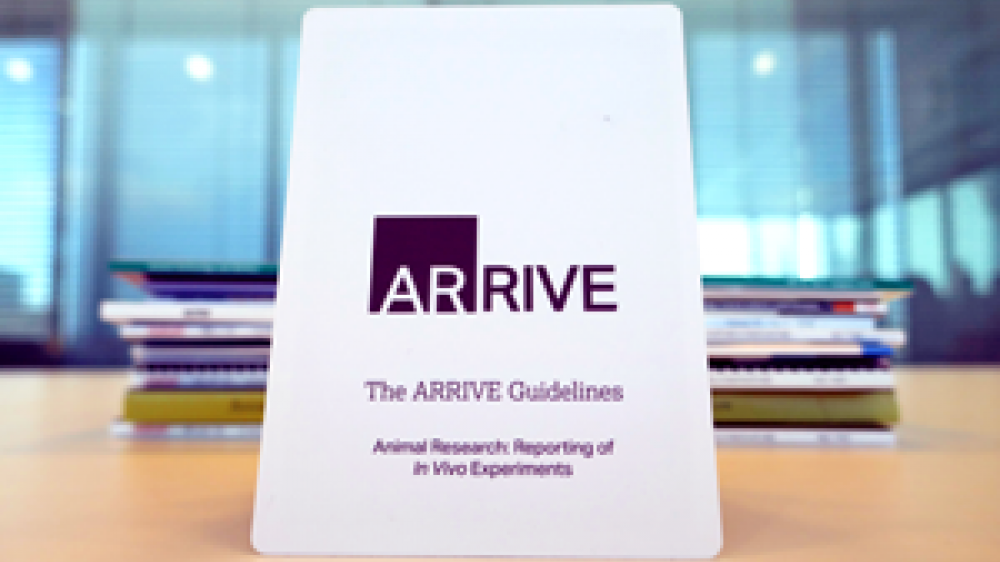Guidance
Using masking/blinding in in vivo experiments
Practical guidance and examples of strategies that can be used to mask group allocation in animal studies.
A qualitative study of the barriers to using blinding in in vivo experiments and suggestions for improvement

Further details on the definitions of masking and randomisation including practical guidance from a book chapter Good Research Practice in Non-Clinical Pharmacology and Biomedicine.
The Experimental Design Assistant provides guidance and support for researchers to use masking in their experiments, including a dedicated feature that generates the randomisation sequence and emails it to a third party.

Item 5 of the ARRIVE guidelines describes how to report the masking/blinding status at different stages of an experiment

